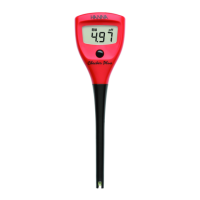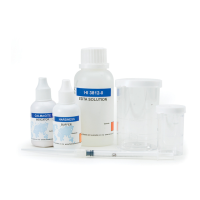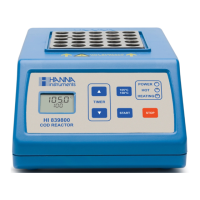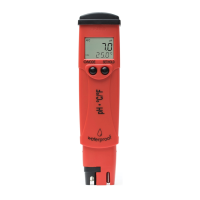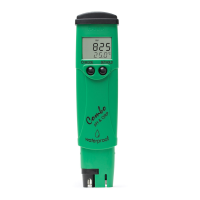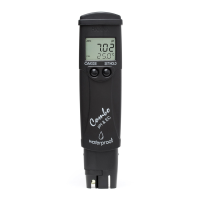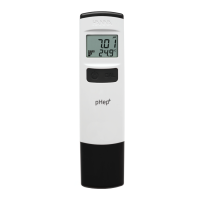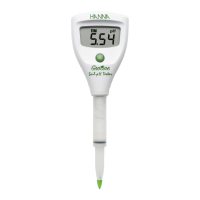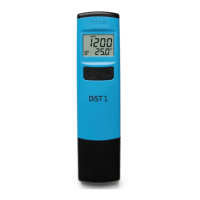16
TITRATION THEORY
3.2 Automatic Titration
Automatic titrators are high-precision analytical instruments that deliver the titrant, monitor
the physical change associated with the titration reaction, automatically stop at the endpoint
and calculates the concentration of the analyte. Automatic titrators are best for repetitive
titrations and high-accuracy analyses.
An automatic titrator must have an accurate liquid dispensing system. In high accuracy
systems like the HI 900-series titrators, the liquid dispensing system consists of a stepper-motor
driven piston syringe burette capable of accurately and precisely dispensing very small volumes
of titrant, a valve system to switch between titrant intake and outlet and a dispensing tip.
These three main subsystem components must be as accurate as possible, with very low
gear backlash in the burette pump, minimal piston seal flexing, precision ground inner
diameter of the glass syringe, a low dead volume valve, minimal evaporation/permeation,
and chemically resistant tubing.
Apparatus required for automatic titration include:
• An automatic titrator, equipped with a burette
• A beaker
• An electronic stirring system, either a propeller stirrer or a magnetic stir bar and
stir plate
• Volumetric pipettes for the precise addition of samples
• Standard titrant solutions of known concentration
• An electrode system that can be used to determine the endpoint of the titration
A typical automatic titration consists of the following steps:
1. Set up the automatic titrator according to the manufacturer’s instructions
2. A volumetric pipette is typically used to add a known volume of sample to the beaker
3. Submerge the propeller stirrer or add the stir bar to the beaker, and turn on
4. Start the titration, the titrator will automatically stop at the endpoint and determine
the concentration of the analyte

